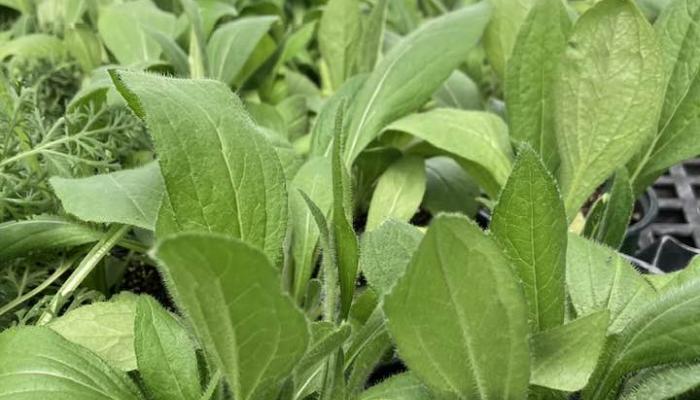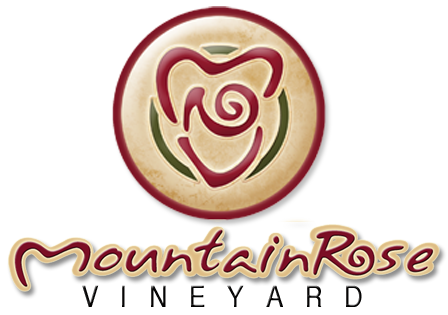
Over 75% of our agricultural crops depend on pollinators. Pollinators include more than just butterflies and honeybees. An assortment of wild bees, beetles, moths, bats, wasps, birds, flies, and other insects all play an important role in pollinating plants. We need to do what we can to support them.
Native plants co-evolved with native insects, birds, and wildlife. Native plants in your garden are best when possible. Clusters of plants are easier for the pollinators to spot and feed on than single individual plantings. Group flowering plants together and include different species if possible. It’s important to provide food throughout the entire growing season with plants that bloom from spring to fall.
The following are some flowers we have in the green house to support pollinators, some native and some more domesticated. Alyssum, black-eyed Susan’s, calendula, coneflowers, feverfew (aster family), lobelia, marigold, milkweed, monarda (bee balm), nasturtium, pansies, phlox, sunflowers, and zinnia are just a few pollinator favorites.
We also have some herbs to flower now and later in the season. Pollinators are attracted to the flowers of basil, cilantro, mint, oregano, sage, and verbena. Butterfly and moth larvae require non-flowering plant parts like leaves of dill, parsley, and milkweed. In addition to many of the plants listed above, hummingbirds also enjoy petunias, and columbines which we also have.
Water is provided in a variety of ways, like water drops on plants, birdbaths, and shallow dishes of stones. Keep the dish of stones filled with water, especially during the heat of summer.
Regardless of the size of your garden, try some of the practices described above to attract and support pollinators in your area. Every little effort contributes to a lasting positive impact for our pollinators and for us!
